Free Kinetics: Yes or No?
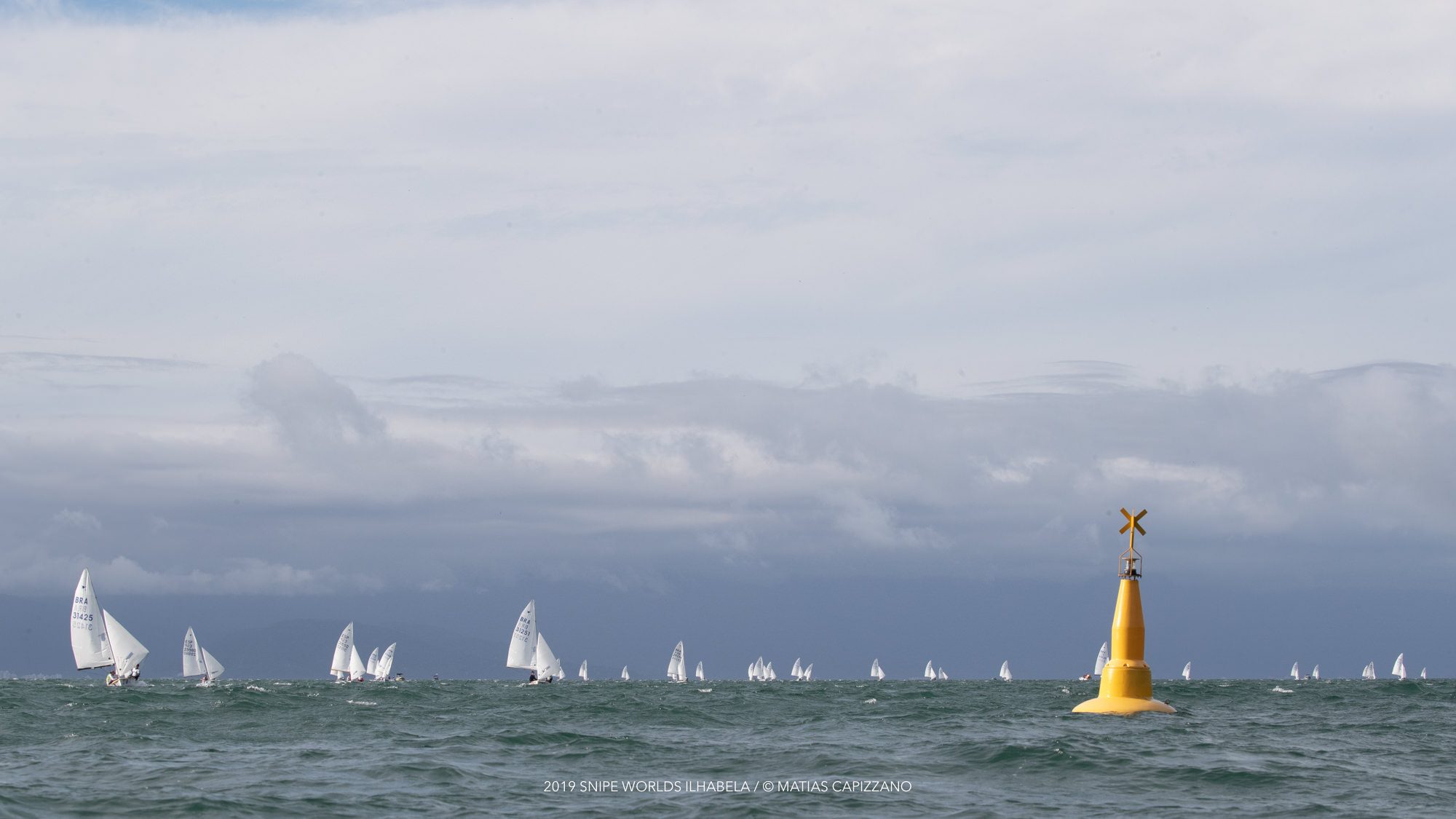
(Please watch this video above – 470 Men Medal Race with Free kinetics in 8 knots – and then read this article)
By Pietro Fantoni
To Rule 42 or not to rule 42? That is the question. Or maybe I should say: sailing or not sailing… or sailing or a different way of sailing… is the question.
The Basic Rule (RRS 42.1) states that: “Except when permitted in rule 42.3 or 45, a boat shall compete by using only the wind and water to increase, maintain or decrease her speed. Her crew may adjust the trim of sails and hull, and perform other acts of seamanship, but shall not otherwise move their bodies to propel the boat.”
Our sport has changed a lot in recent years. In more and more sailing classes, RRS 42 turns off above certain wind limits and free pumping, rocking, ooching, and sculling are allowed. At the SSL Finals in the Star, the rule turns off above 8 knots.
There has been some discussion in the Snipe class about whether we should always use rule 42 or allow free pumping over a given wind limit. But first we need to understand the pros and cons of such a choice.
In a recent article, Sailing Scuttlebutt editor (and former Snipe sailor) Craig Leweck, commenting on the video above, wrote:
“I’ve been an advocate for the 470 Class being in the Olympics. It’s a classic, technical dinghy that delivers performance, and because of its maneuverability and symmetrical spinnaker, tactics include reacting to wind shifts and not simply blazing to a side of the course.
However, the sailors and Class Rules are losing my love.
It begins with the Class permitting all forms of pumping, rocking, and ooching in winds over 8 knots. Rules like this occur when a class culture allows the sailors to push limits hard, nobody protests, and there aren’t course judges to stop Rule 42 violations.
But really… 8 knots?
[…]
I got into sailing to use the wind and water to compete, to shape the sails for speed, give a pump or roll to catch a wave, but not for frenzied actions. There’s other sports for that, and these techniques are participation killers for all that can’t do it. Call me old, but this is now a bridge too far.“
Certainly it takes great technique, physical prowess, and talent to win in a small boat with free pumping.
In my opinion there are two problems: one is ontological (what is sailing?) and the second concerns the effectiveness of rule 42 (is it enforceable?). Even with on the water judging, many continue to get away with illegal kinetics and don’t receive a penalty.
Commenting on this video on my FB page, Pedro Pires de Lima pointed out:
“Sailing is a sport. In my opinion the Spanish team won because they jibed earlier to the left side, not because they pump better. The way rule 42 is “policed” it’s not fair. The judges can only see a small part of the fleet, and most of the times they are not good enough to be there. Organizing regattas is expensive enough, in my opinion we can just ban rule 42.”
Pedro’s point of view considers the effectiveness of rule 42. When rule 42 is in effect, I believe, the winner is often the one who is able to approach the legal limit or is the smartest cheater, not caught by the judges. Regarding kinetics, there is often a race to reach and then overcome the legal limit without being seen. In some cases it is other athletes who say: “enough is enough, let’s stop and lower the level of cheating.” The game breaks down when some of these cheaters continue, without being seen.
I think, before even bothering to discuss the effectiveness of this rule (and the best consequences, in the event that such effectiveness cannot be achieved), we must first answer the ontological question: by admitting free kinetics, is this still sailing, or is it a sport more like rowing?
Sailing is evolving for sure, as it has always evolved. Perhaps now it is evolving so rapidly that most of the sailors are confused.
I still don’t have a clear idea whether it is better (under certain conditions and for certain classes) to allow free pumping or not. But we have to start from that question and look for an answer.
When I asked this question on Facebook, Pedro Pires de Lima replied:
Pietro, the question is really complex. I can give you an example of a particular situation that might explain my opinion. At my club the typical summer sailing day has 12/14 knots and 1.5m swell. In those conditions I’d rather go have fun and catch a few waves than be bored doing a race where I have to be static.
In the last Worlds you saw how the Brazilians sailed. They were using techniques used in Olympic classes like the Laser. They go “around” the rule, and do pumping in a legal way. That is increasing the gap between the amateurs and the professionals. Without rule 42 it will be a physical issue. With rule 42 it is a physical and technical issue.
I am glad that the discussion is going on.”
Ricardo Lobato wrote: “Hi friends,
Good points indeed.
It is a difficult choice. If we want sailing to be a game that is more about staying in the wind, playing the shifts and trimming your boat and sails staying quiet, we need to enforce rule 42. If we believe that rock and roll like this video is sailing, we definitely don’t need rule 42.
We have both scenarios in front of us nowadays. We can compare Lasers (ILCAs?) and Finns in light “Oscar flag” conditions [Oscar flag turns off Rule 42.]
I agree that it is a challenge to enforce rule 42 where the sailors are professionals and the judges are volunteers (but they are still a big expense for the event organizers). I believe that sailors, judges and class organizers can work together to get this rule to work in light winds.
On the other hand, I believe we all agree that with strong winds, it doesn’t make sense to penalize a sailor for their movements. The challenge is to draw this line.”
What do you think? Opinions and comments are welcome!
Leave a reply
Your email address will not be published. Your comment will be revised by the site if needed.

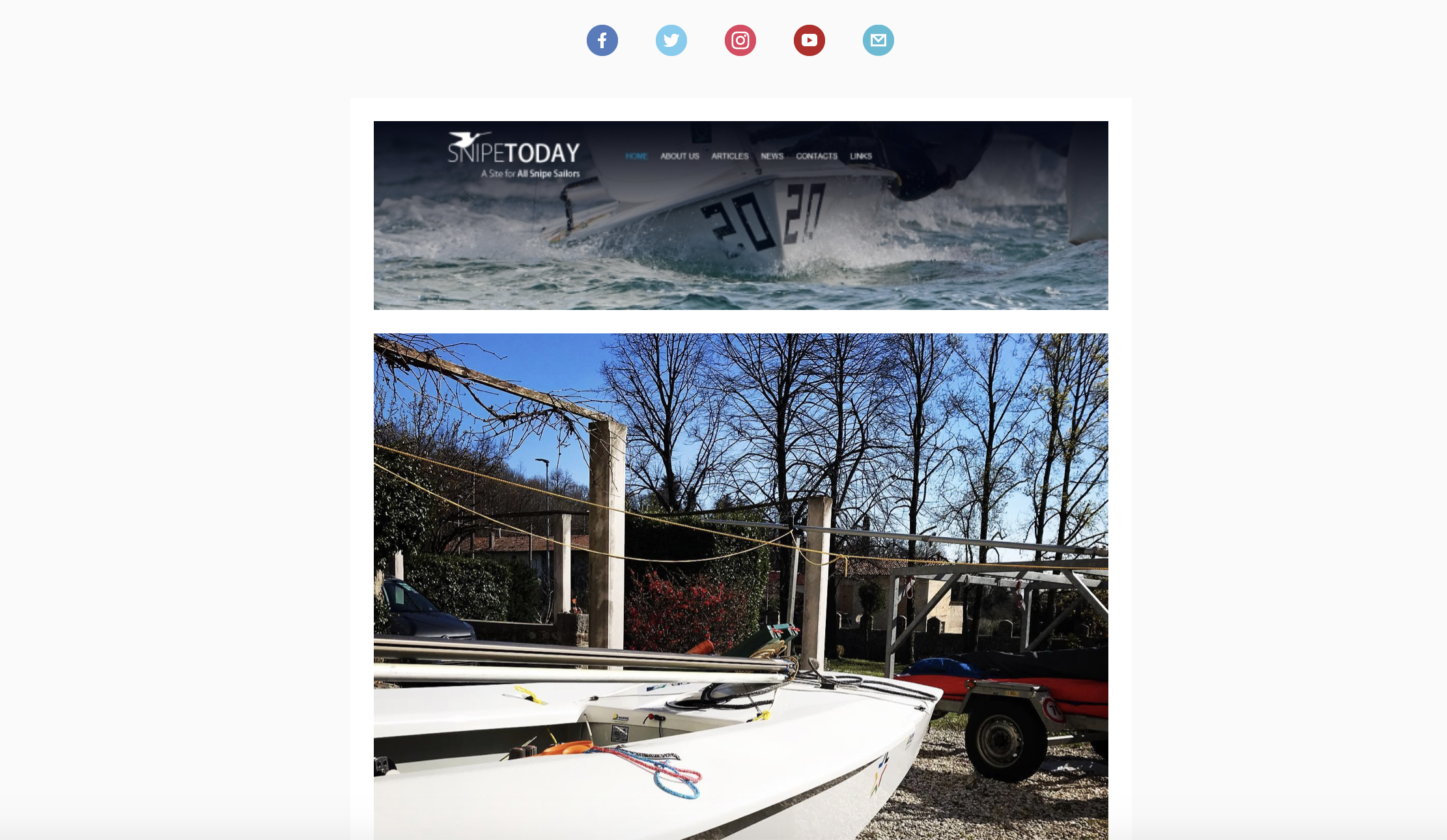
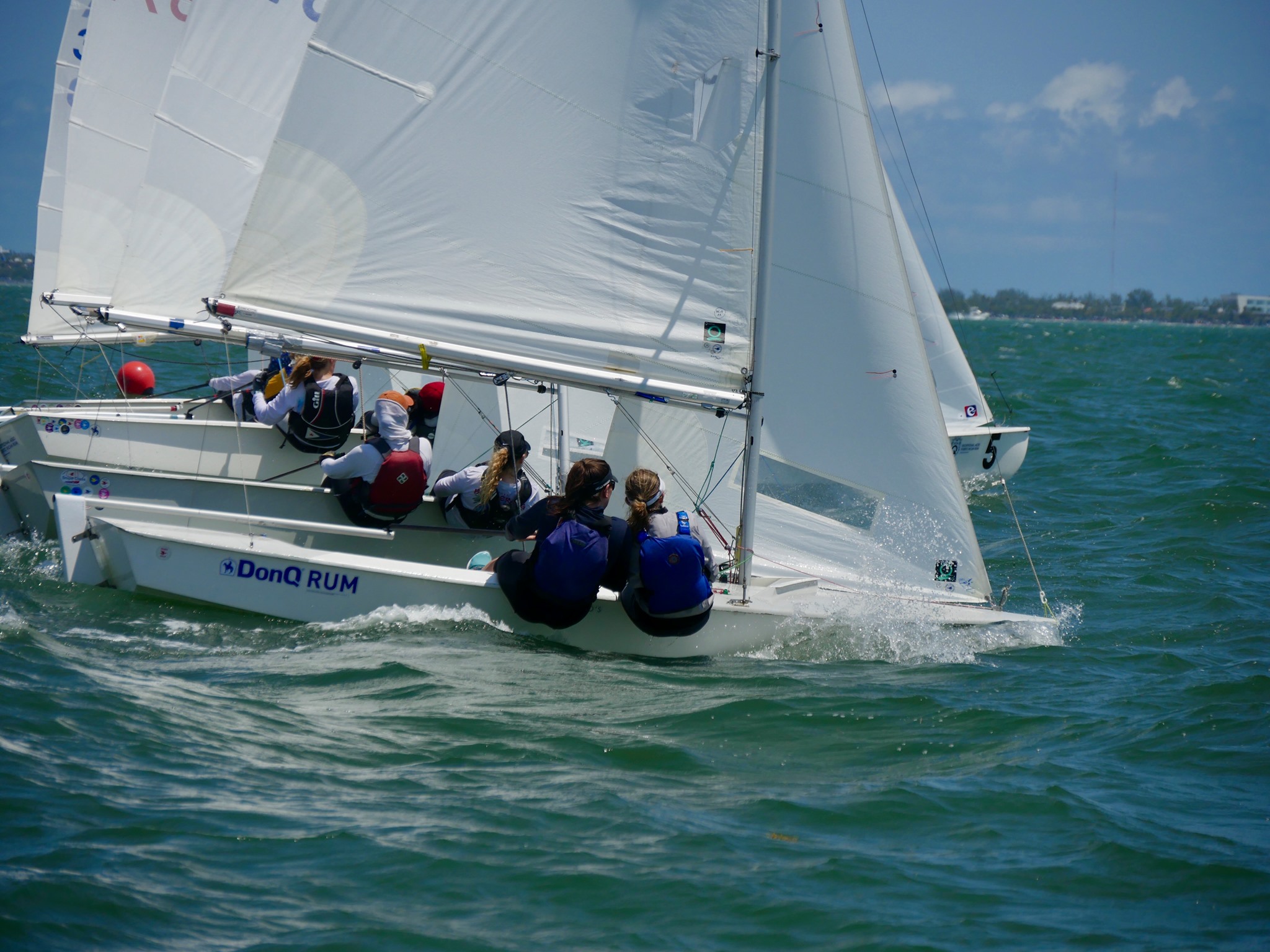

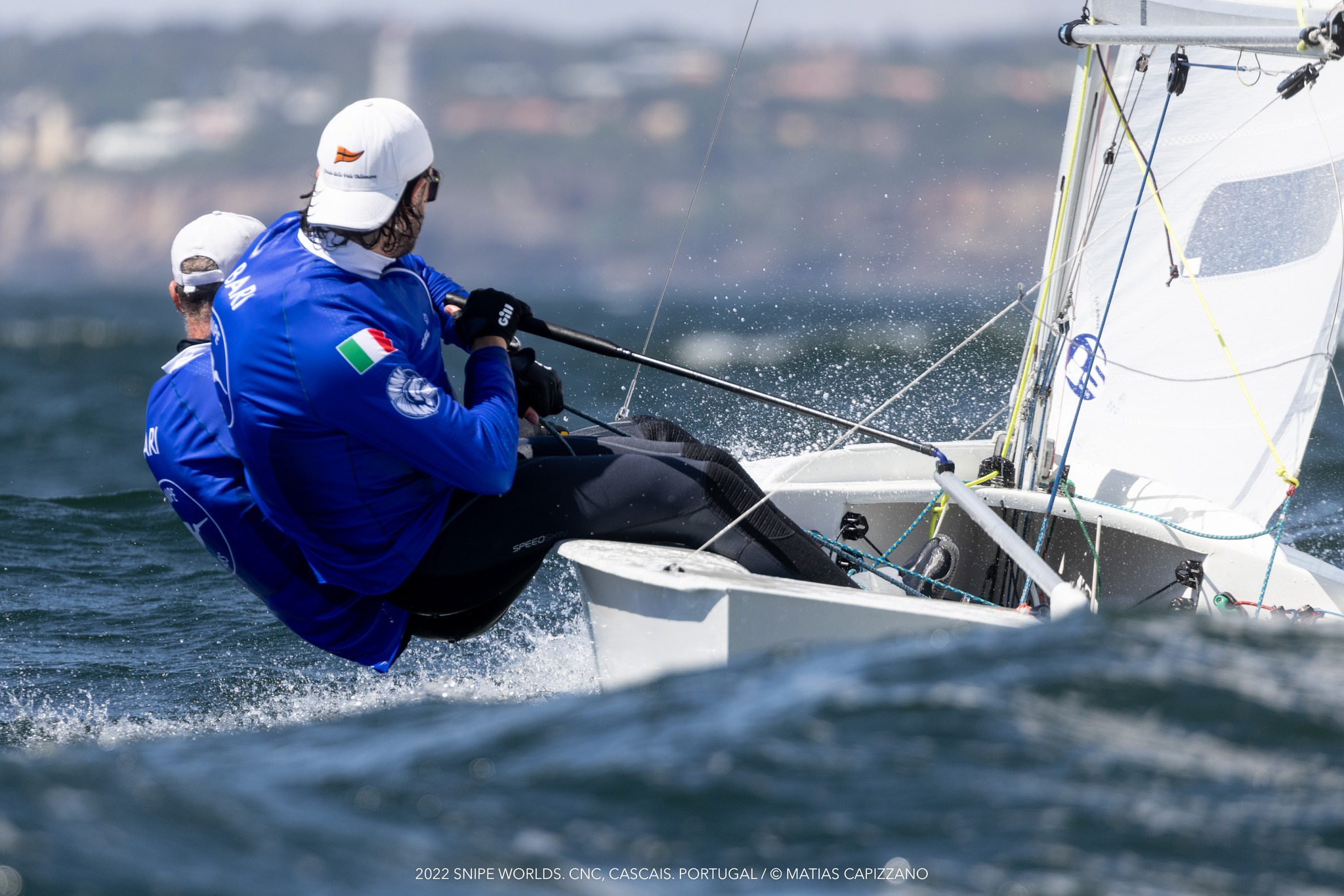
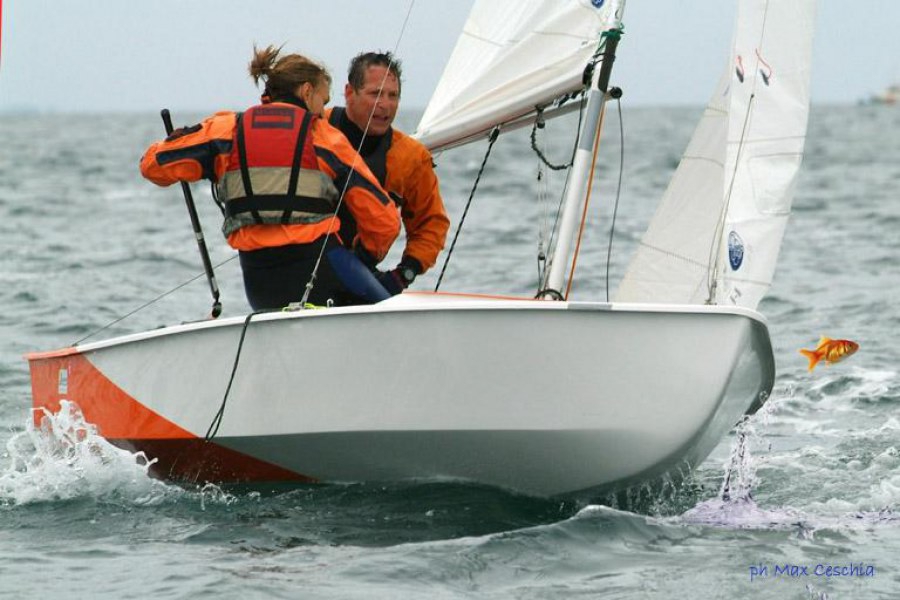
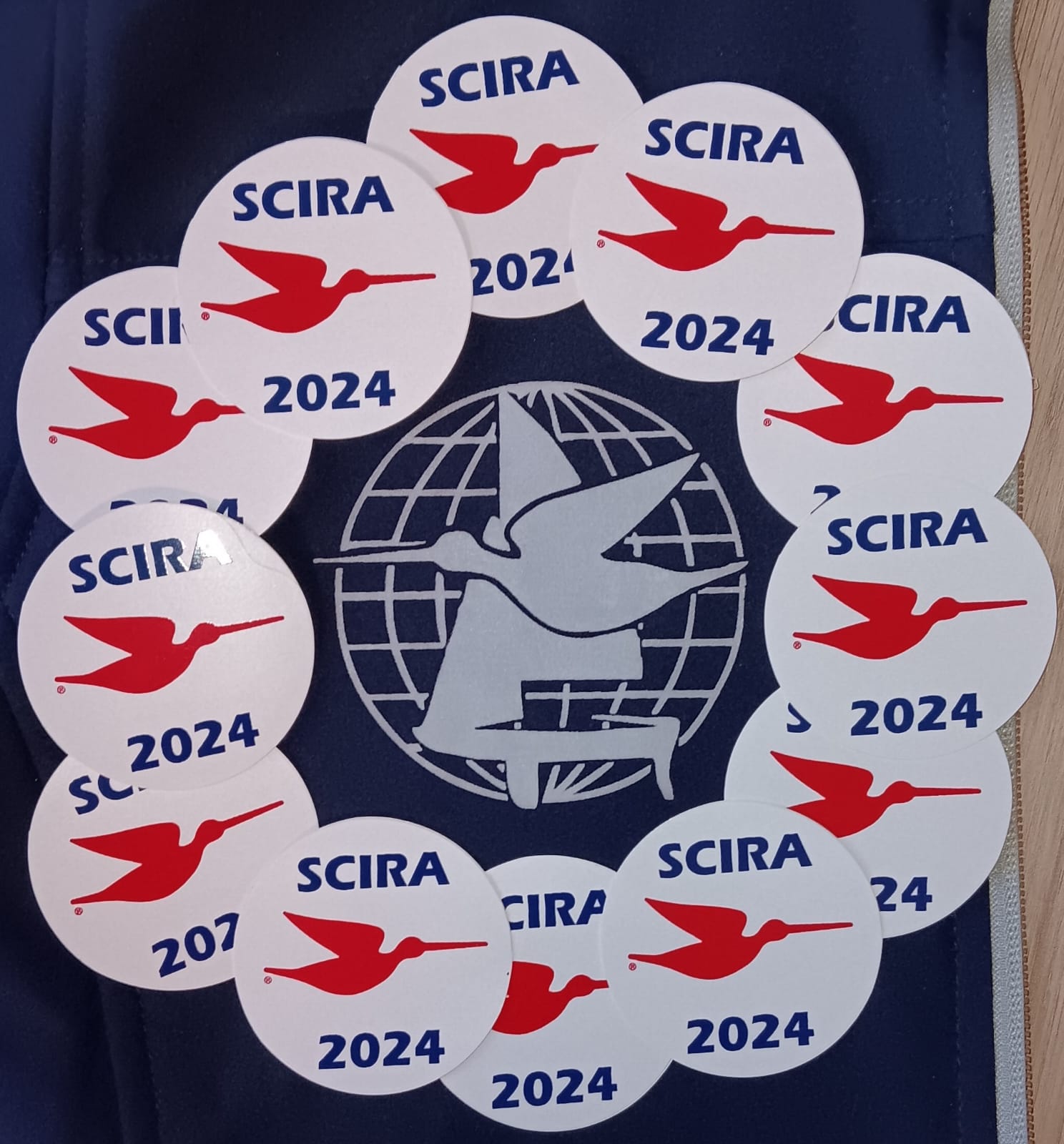
0 comments